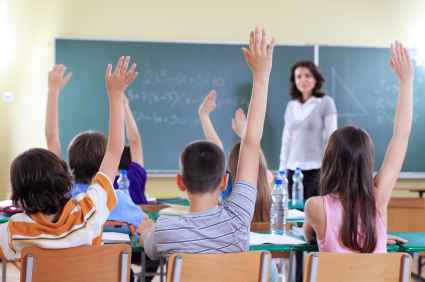Feedback to any pupil should be about the particular
qualities of his or her work, with advice on what he or she can do to improve,
and should avoid comparisons with other pupils.
Feedback is one
of the essential parts of learning because it helps students to understand the
subject being studied and to be aware of their strengths and weaknesses; Students learn
faster and more deeply if they know what the strengths and weaknesses of their
performance are.
Feedback consists
on a retribution, response or information based on previously established objectives
that teachers provide to students about their work, it means that providing feedback means giving students
an explanation of what they are doing correctly and incorrectly. This information must include a guideline on what aspects students
need to improve and how to do it.
The feedback
that teachers need to provide to the students can be verbal or written, and it
must be delivered just at the time that the students finish their work, so that
students have the opportunity to respond to the commentaries that the teacher
provides.
Feedback is very important in our lives, not only in
our work lives but also in various aspects of our lives. It will help us
improve more on the areas of our life that need improving on. At the same time,
it allows us to be better, to become someone who can give more. It will also
help you discover things about yourself.

.jpg)
.jpg)

.jpg)






.jpg)


